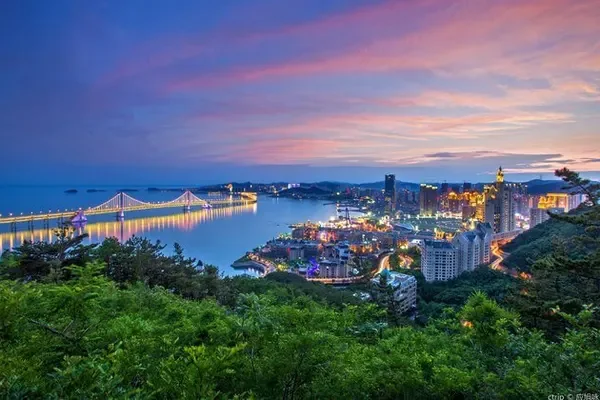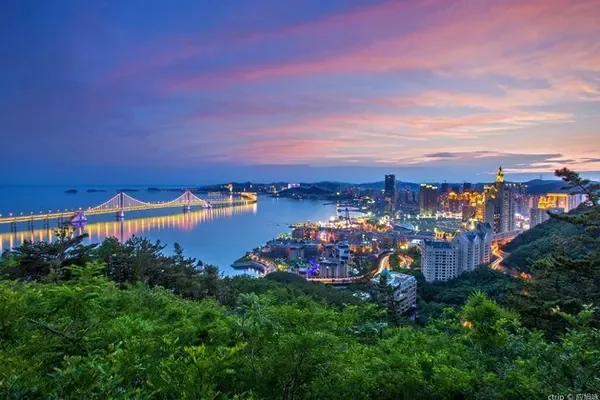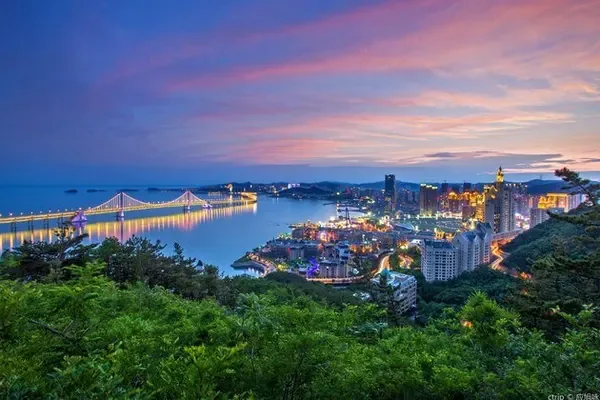Fashion aesthetics is the external artistic expression of life, which is closely related to the cultural core of a city. Today, Chengdu, known as the "Land of Abundance", has become a new first-tier city in China with its fashionable charm, and it has continued the legend of the thousand-year-old Shu Kingdom with its unique regional personality and charming techniques. On the Wangfujing Street in Beijing, which is also fashionable and has a profound historical background, the ancient craftsmanship of Sichuan meets and blends with modern aesthetics, bursting out charming sparks of surprise. A journey spanning thousands of years, an art feast spanning time and space, and a market track that is connected by the main line of the game, the ancient Shu civilization and cyberpunk meet unexpectedly, and take you into the future city where the virtual and the real are intertwined. Pidu, the hometown of Shu embroidery, starts a romantic encounter with the millennium Shu embroidery culture. It is warm sun, let’s check in together!









Multi-dimensional and three-dimensional display of Pidu culture, you can learn about it while shopping, and feel it while watching it. The Shu Embroidery Theme Pavilion, Miracle Workshop, Botanical Research Institute, Shenshan Artisan Archives, Shenshan Buying Drunk Club, Hot Gas Station, one step at a time is amazing, one stop one Theme: feel the rustic charm of batik and tie-dye, and then make a pure natural lipstick; experience the delicate presentation of 122 stitches of Shu embroidery, understand the artistic value of Shu embroidery, appreciate the world recorded by craftsmen with needlework and ingenuity; taste The soul of authentic Sichuan cuisine - Pixian bean paste, understand the ancient craft of "turning, drying, and dew" behind it, and find the cultural context of Tianfu water source; Bursts of mellow spicy and delicious fragrance, take home to let the taste buds feel the hotness; in the deep mountain artisan archives, the non-media holographic projection technology shows the traditional patterns of Shu embroidery, and instantly puts you in the scene of a science fiction movie, feeling the three-dimensional changes of the patterns of Shu embroidery; "The craftsman has something to say" The phone booth randomly made friends with craftsmen from different regions and different nationalities through the microphone, and they conveyed heart-warming greetings in different dialects.









Shu embroidery, also known as "Chuan embroidery", is one of the longest-inherited embroidery types in China. It is as famous as Su embroidery, Hunan embroidery and Guangdong embroidery, and is one of the four famous embroideries in China. Shu embroidery forms a unique charm with its bright and delicate colors and exquisite and delicate stitches, ranking first among the four famous embroideries. Shu embroidery has a long history. Since the Eastern Jin Dynasty, it has been called "the treasure of Shu" together with Shu brocade. Shu embroidery has precise stitches, even stitches, rich changes, vivid images, and full of three-dimensional sense. It includes 122 types in 12 categories, and more than 70 brocade threads are unique to Shu embroidery. In November 2019, Shu Embroidery was included in the list of national intangible cultural heritage representative project protection units. The intangible cultural heritage of Shu embroidery is the pride of the nation. Nowadays, the innovation of craftsmanship continues. After being polished by modern aesthetics, the handicraft skills from history are constantly enriched, transformed and sublimated.














Because of the legend of "Du Yu turning into a cuckoo", it is called Juan City. It is not only the place where Wangdi Du Yu and Congdi Bieling established their capitals, but also the birthplace of ancient Shu civilization. Pidu is known as the hometown of watercress, Shu embroidery, and bonsai. It has profound cultural heritage and numerous historical sites, including the ruins of Juan City, the ruins of the ancient city, and the Tangchang Confucian Temple. Pitong wine, Pixian watercress, and Pixian female red are the three masterpieces of Pidu crafts. You can find them all at the "Hot Gas Station" in the Shenshan Bazaar ·Millennium Shu Embroidery Restart Pidu special event, and bring them home for winter. Come warmly~


Shenshan Bazaar · Millennium Shu Embroidery Restart Pidu special session has a strong atmosphere, and integrates creativity, games, and science fiction concepts into it. The Cyberpunk aesthetic style creates a futuristic city intertwined with reality and reality. It is a cool, fashionable and technologically-sense ancient Shu cultural experience space. Let people linger.
The characteristic cultural display block created by Wangfujing Pedestrian Street in Beijing was upgraded to "Wangfujing No. 277 Courtyard" for the first time. There are the most sentimental Chinese stories here. The team of Yiwen·Chinese Handicraft Workshop took the scene in Pidu Zhanqi Village, and handcrafted by craftsmen The neon light wall, starting a journey of "Neon Mountain Road". In a freehand way, neon lights are used to outline the architectural features of western Sichuan folk houses. The neon lights brighten the night sky, and each scene shows the long-term cultural customs of Pidu. Special cultural elements such as brand, national treasure giant panda, face-changing Sichuan opera, Bashu poetry and wine culture, and portraits of wine brewing in the Han Dynasty will create a new landmark for night tours in the capital.







At the end of the time tunnel is the mysterious and romantic "Deep Mountain Buying Drunk Club". Friends have a drink, chat about life, and experience an ancient game - throwing pots or wooden shooting, which is very comfortable.



At the opening ceremony, the cross-border performance of intangible cultural heritage and rap opened the "burning" and "irritability" in Pidu's millennium years, and the "Millennium Shu Embroidery" rap song and Sichuan opera face-changing performance created by the team of Yiwen China Handcraft Workshop were perfect fusion. Under the Beats of Chinese style, the atmosphere will be pushed to a climax.






In the past 16 years, Yiwen·Chinese Handicraft Workshop has visited Guizhou, Yunnan, Inner Mongolia, Gansu, Qinghai and other places many times, collected more than 5,000 kinds of traditional Chinese patterns, and 13,000 craftsmen's information, and constantly explored China. The connotation of national aesthetics and culture allows the stories of national aesthetics and the works of national craftsmen to be discovered and understood, and gathers designers, gamers, and creators from all over the world to participate in Chinese creativity, tell Chinese stories well, and enhance cultural confidence and national identity. Let the beauty of traditional Chinese craftsmanship influence the world, let the spirit of Chinese craftsmen pass on from generation to generation, let the city understand the mountains, let the future understand the past, and let the world understand China.


The city of the future intertwined with the virtual and the real, the dialogue between the ancient Shu civilization and the future, the encounter of scientific and technological creativity and the beauty of traditional Chinese handicrafts, perfectly and vividly display the special products of Pidu cultural tourism, millennium Shu embroidery, Pixian bean paste, ancient city three series, and Tianfu water source .

This fair will last until December 4, 2020. Let’s travel through time and space together, looking for national cultural memories, switching between fantasy and reality at will. The future has come, waiting for you to explore!


